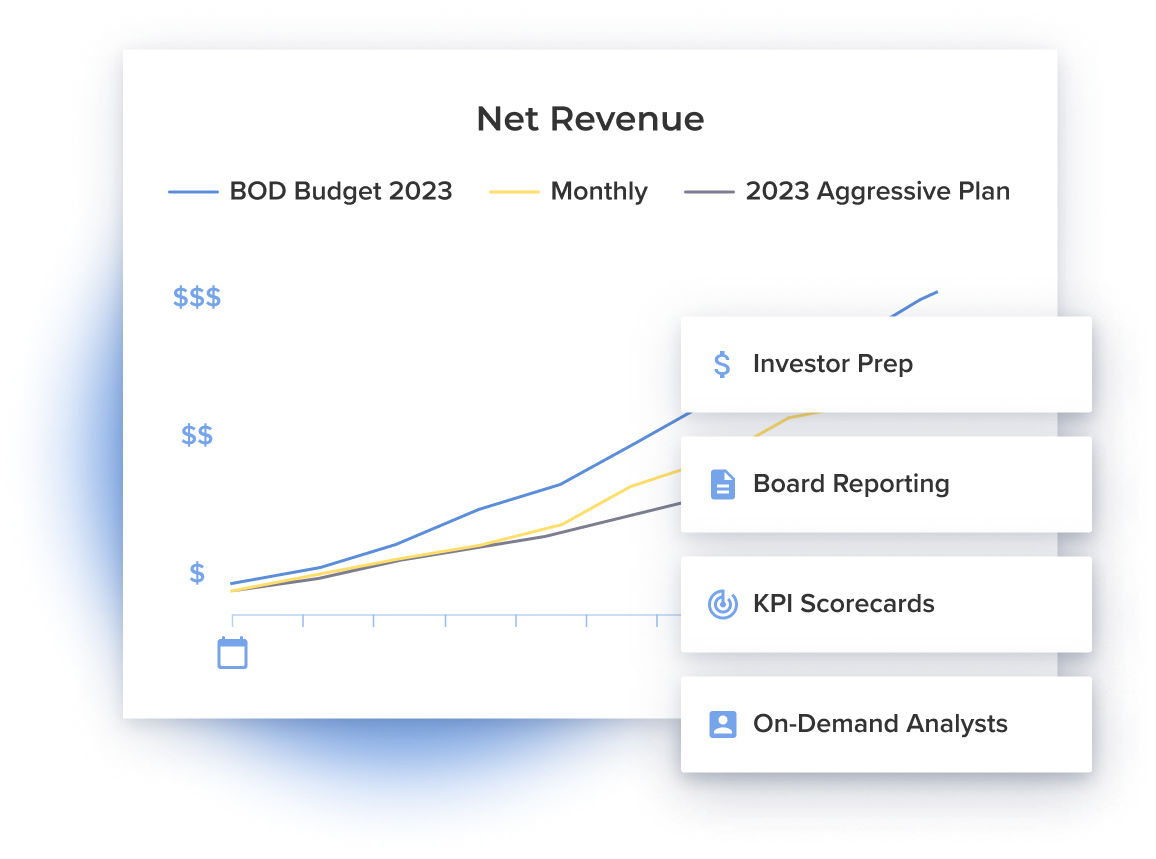Master the Basics of eCommerce Capital
.jpeg)
So you’ve got a great idea for a DTC business and dreams of starting the next Warby Parker or Allbirds or Dollar Shave Club? Or perhaps you’ve already got your biz up and running and are looking to scale it with an eye toward global domination.
To achieve either of these goals a DTC business needs a key ingredient – capital. We recently launched our Field Guide to DTC eCommerce Capital which is jam packed with all the information you need to know about using equity and debt to build your business.
Check out some of the highlights below and then view the entire Field Guide for a comprehensive look at debt and equity options, and which paths make sense for your business at different stages of growth.
Taking on Equity Investors
Investors come in many different forms but no matter what shape they take the concept is the same – you give up part of your company in exchange for money. The investor that’s right for you depends entirely on your business and the returns possible as you scale.
Turning to Your Close Network
You’re usually your first investor. Some bootstrap founders can invest hundreds in their business and others hundreds of thousands. What's great about this approach is that you’re not giving away equity to anyone but yourself.
However, most entrepreneurs can’t afford to put up the significant amount of capital needed to launch their business into the stratosphere. And while you may have the drive and gumption needed to fuel a DTC enterprise, you won’t be able to tap extra expertise, networking opportunities, or social proof that can come with bringing on seasoned investors.
Alternatively, you could turn to friends and family for help. Jeff Bezos famously started his eCommerce business Amazon with a $300,000 investment from his parents. But going this route, while sufficient at first, will rarely be enough to really scale and you’ll run into the same problems of limited investor expertise and knowledge as when bootstrapping.
Going the Crowdfunding Route
Crowdfunding, when successful, is a great way to raise money from thousands of everyday folks without having to give up board seats that powerful venture capitalists or institutional firms might demand. There are an array of websites DTC founders can use to launch a crowdfunding raise including SeedInvest, WeFunder, Republic, and StartEngine.
Raising Venture Capital
While deep pocketed VCs can offer much in terms of expertise, knowledge, and, of course, money, understand that they are selective in where they invest. That’s because many VC-backed startups fail. For their business model to work, VCs only consider companies that might provide a 100x return on their investments so that the few winners make up (substantially) for all the losers. We review more pros and cons of the VC investment track in our full Field Guide.
Taking on Debt
Taking on debt to fuel your business doesn’t involve giving up a percentage of your company – that is, if things go right. But if things go south, watch out, you could lose everything you’ve built.
Securing Bank Term Loans
Regulated banks have very specific rules about the types of loans they can provide, the reserves they have to keep on-hand, and the type of reporting they must conduct. If you’re an eCommerce company with underwritable assets and/or a good history of profitability then you’re likely qualified for a Non-Sponsored Bank Term Loan. This type of financing can grant you low rates and longer terms.
If you lack hard assets and profitability then you may be able to secure a loan from a “sponsor-focused bank” such as Silicon Valley Bank, Bridge Bank, and Republic Bank. A sponsor is a trusted institutional investor. If you’ve got a brand-name institutional investor backing you and you need extra cash, you can qualify for a small loan at an incredible interest rate. But if you want more money, you’ll have to accept a higher interest rate. Plus, these loans come with a stream of fees (more on that here) that can eat into your capital.
Tapping Revolving Credit Lines
A revolving credit line is money lenders allow you to tap when you’ve got bills to pay. Like a credit card, it’s money that you can draw down when you need it, then pay it back with interest, and draw down again. The interest rates are manageable, however, you’re going to have to pay standby fees to have this credit line available to you.
Borrowing Against Inventory
Need to make payroll but running low on funds? If you’ve got inventory then you could borrow against its value in what’s called Asset-based lending (ABL). However, the inventory you put up as collateral must be attractive to lenders; i.e., things they can liquidate in the event your business goes belly up. While ABL offers a low interest rate compared to most other debt options available, you can only finance what is on-hand and getting these loans comes with intense reporting requirements.
Everything DTC Founders Need to Know About Debt and Equity
Looking to expand your knowledge and assess your options? Go in-depth with our complete Field Guide to DTC eCommerce Capital that includes an exhaustive list of equity and debt options, the pros and cons of each, which businesses they are best suited for, and more.
Subscribe to our newsletter

Ready to see what you can do with Drivepoint?
Learn how other consumer and CPG brands are driving margin and cashflow with Drivepoint







